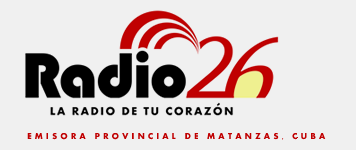The diversity that joins us through culture (+audios, photos and infographics).
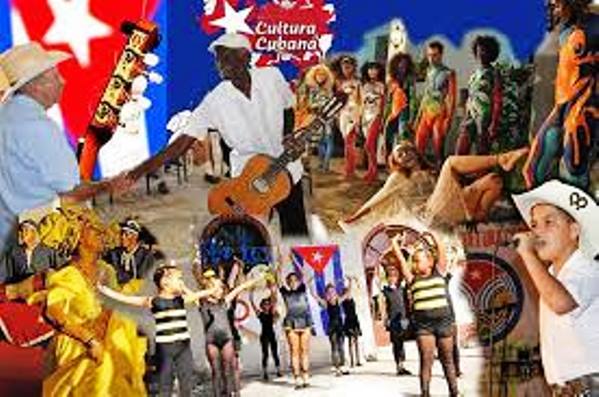
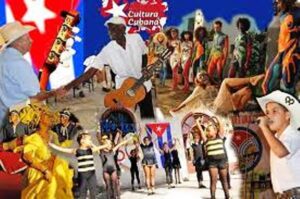 Christopher Columbus arrived one day in the Americas in search of dreams of wealth and recognition. Instead he «discovered» a piece of land laden with fruits, animals exotic to them, abundant vegetation, indigenous people and a few precious metals.
Christopher Columbus arrived one day in the Americas in search of dreams of wealth and recognition. Instead he «discovered» a piece of land laden with fruits, animals exotic to them, abundant vegetation, indigenous people and a few precious metals.
As the decades passed, the continent became a question mark for colonisers from different nations around the world, including Spain, Portugal, Holland and England.
See also: http://cuba.cu/cultura/2018-05-24/la-diversidad-cultural-se-respeta-en-cuba-/41656
The conquest of the American territory by European empires also represented the imposition on these peoples of their beliefs, languages and artistic traditions, the foundation of the range of variants that today make up the ajiaco referred to by Fernando Ortiz.
As heirs of a rich cultural history that has survived to the present day, the diversity that unites us through artistic manifestations, customs and identity.
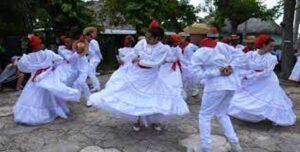
The millenary culture of our aborigines was nourished by the wide variety of customs originating in Europe. Subsequently, with the introduction of slave labour from Africa years later, an amalgam of traditions and manifestations was completed, giving way to the cultural richness that makes the Americas a hotbed of dreams and heritages bequeathed to posterity.
More than 500 languages and dialects are spoken on this continent, corresponding, of course, to the countries that made their ambitions for power and wealth their home here.
Music genres such as son, which originated in Cuba, bossa nova from Brazil, and tango, which together with pop, rock and jazz, among others, make up the cultural cushion that has been cultivated in the Americas for centuries, are native to this part of the world.
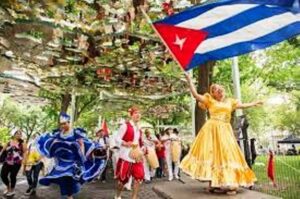
The national culture is the result of the complex processes of transculturation that took place in Cuba, associated with the conquest and colonisation of the island by Spain and the introduction of slaves from Africa.
See also: https://www.cubahora.cu/cultura/diversidad-y-sintesis-en-la-cultura-cubana
…ONLINE AUDIO
Also a repository of influences from France and China, for example, Cuba becomes a place where religious syncretism welcomes you in the solares, where you meet a boy with a naked smile and the soul of an adventurer looking for the storms in a bulería or a santera who blesses you with skin coloured by nights without stars, while waiting for the first beats of a batá drum to give her name to a rumba.
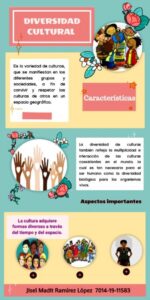
From this diversity arose unity, a culture of its own that has developed over the centuries and is the product of the greatest of crossbreeding; a diversity that is supported by a rich history and whose present celebration is preceded by a creative explosion of the nation’s artistic and cultural manifestations in general, increasingly open to the world, which is expectantly witnessing a new, real, unspoken phenomenon: in Cuba, culture is alive and Cuba lives in its culture.
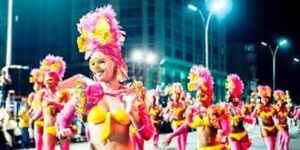
In the Matanzas context, transculturation is disguised in the Italian architecture of the Sauto theatre, with that elegant neoclassical air so present in the city of rivers and bridges, thanks, among others, to Daniel Dall’Aglio.
…ONLINE AUDIO
It also takes the form of a French apothecary’s shop and goes up to the Hermitage of Monserrate to pay tribute to Iberian culture, the direct mother of our culture, with demonstrations of its inbreeding from the popular imaginary of sayings, character, to everyday elements such as food, dress and language.
See also: http://cubarte.cult.cu/periodico-cubarte/fiesta-de-los-origenes-en-matanzas-el-respeto-la-diversidad-cultural/
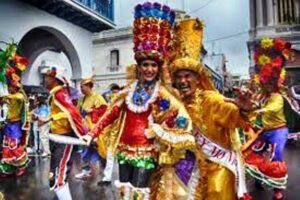
Our diversity crosses the river and arrives at La Marina where the guaguancó that sticks in the bones, goes back to Medio to dance danzón and watches the quiet passing of the Chinese descendants who remain in Matanzas.
See also: https://www.cubahora.cu/cultura/matanzas-un-trozo-de-africa-en-cuba
There is so much of the world in us and so much of us in the world that diversity, far from separating us in beliefs, languages, politics, customs, unites us as part of the same culture, the universal one.
…ONLINE AUDIO.
Written by Jessica Mesa.
